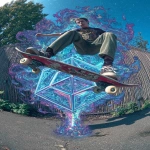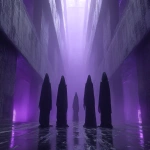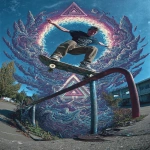Explore the Best AI Image Gallery
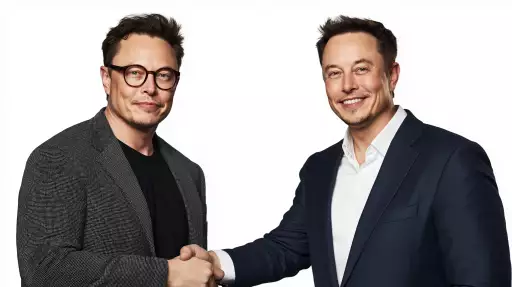
The Algorithmic Palette: Exploring AI-Generated Visual Content
The realm of art and design is undergoing a profound transformation, fueled by the rapid advancements in artificial intelligence (AI). One of the most captivating developments in this arena is the emergence of AI-generated visual content—images, videos, and even 3D models created entirely by algorithms. This innovative technology is not only pushing the boundaries of creative expression but also raising important questions about the future of art, authorship, and our relationship with machines.
A New Canvas for Creativity
AI-powered tools are empowering individuals with little to no artistic experience to create stunning visuals. Imagine a world where anyone can conjure up a breathtaking landscape, design a unique logo, or generate a captivating animation with just a few prompts. This democratization of creative tools has the potential to unlock a wave of innovation and artistic expression from diverse communities.
Applications Across Industries
The applications of AI-generated visual content extend far beyond the realm of fine art. Here are just a few examples:
- Marketing and Advertising: Generate eye-catching visuals for social media campaigns, product mockups, or personalized marketing materials.
- Gaming and Entertainment: Create immersive game environments, realistic character models, and stunning cinematic sequences.
- Education and Research: Visualize complex data sets, design interactive learning modules, or generate simulations for scientific exploration.
- Architecture and Design: Conceptualize innovative building designs, create 3D renderings of interiors, and visualize urban planning projects.
Ethical Considerations and the Human Touch
While AI-generated visual content presents exciting possibilities, it also raises important ethical considerations:
- Authorship and Intellectual Property: Who owns the copyright to AI-generated artwork? How do we define the role of the human artist in the creative process?
- Bias and Representation: AI algorithms are trained on massive datasets, which can contain inherent biases. This raises concerns about the potential for AI-generated content to perpetuate stereotypes or reinforce existing inequalities.
- Misinformation and Deepfakes: The ability to create realistic synthetic media opens up the possibility of malicious use cases, such as generating fake news or manipulating public opinion.
It is crucial to have open and transparent discussions about these ethical challenges and develop guidelines that ensure responsible development and deployment of AI-powered creative tools.
The Future of Creativity: A Collaborative Landscape
The future of visual content creation likely lies in a collaborative landscape where humans and AI work together. AI can serve as a powerful tool to augment human creativity, automate repetitive tasks, and explore new artistic frontiers. Human artists will continue to bring their unique vision, emotional intelligence, and critical thinking skills to the table. This symbiotic relationship has the potential to unlock unprecedented levels of creative expression and innovation.
As AI-generated visual content continues to evolve, it is essential for artists, designers, technologists, ethicists, and policymakers to engage in thoughtful dialogue and shape its development in a way that benefits society as a whole. By embracing this transformative technology responsibly, we can unlock a future where creativity knows no bounds.
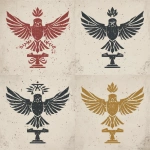
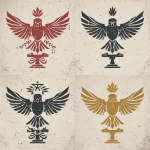

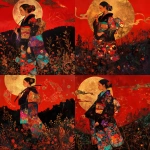
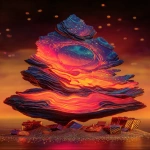
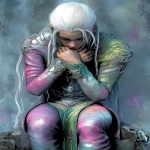

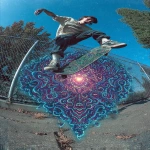
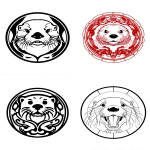

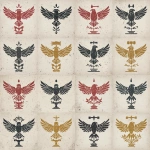

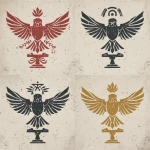
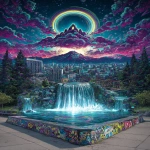


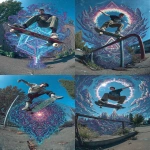
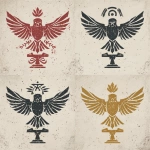
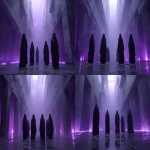
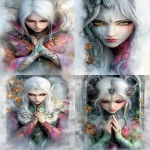
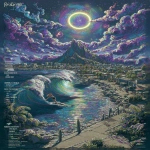
](https://images.ai-img.art/thumbnails/150/1ce1e6bd70605ae20fb18eb21544092347b1baebb547304b9002eb707483f172.webp)

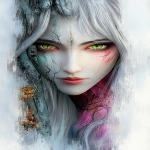

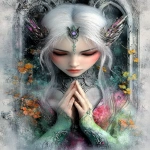
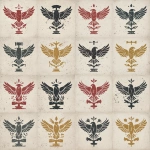
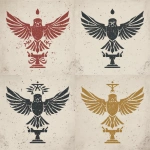
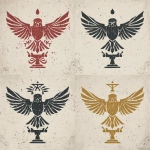



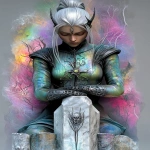
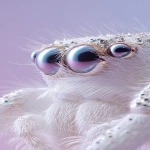
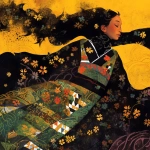

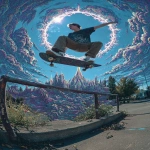
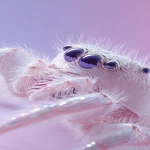
](https://images.ai-img.art/thumbnails/150/1f5b798b3922304bf6c37ce90b7a9290370c44a8bcfbfb0180b93faa4b02f73a.webp)

](https://images.ai-img.art/thumbnails/150/461af9b1ecfbca79f228584c0f3751118c0f696486cadcccf30ab2600b74bc0b.webp)
](https://images.ai-img.art/thumbnails/150/c9437d9698a6c6c26564883d095b411feaeda2095b19e025e8c1668085441c5c.webp)
